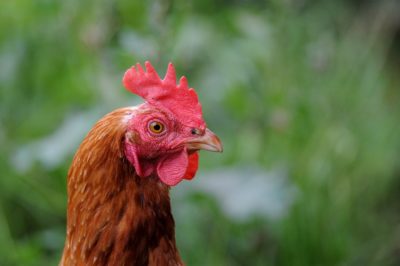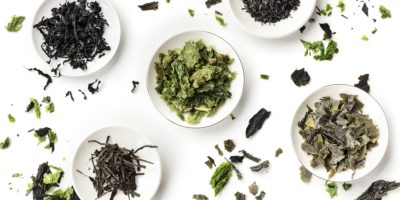Discussions about diet and climate impact tend to focus on cows, who are, through no fault of their own, the biggest contributors to climate-changing emissions in agriculture.
However, they are by no means the only contributor, and increasingly the impact of fish – both farmed and wild-caught – is coming under scrutiny.
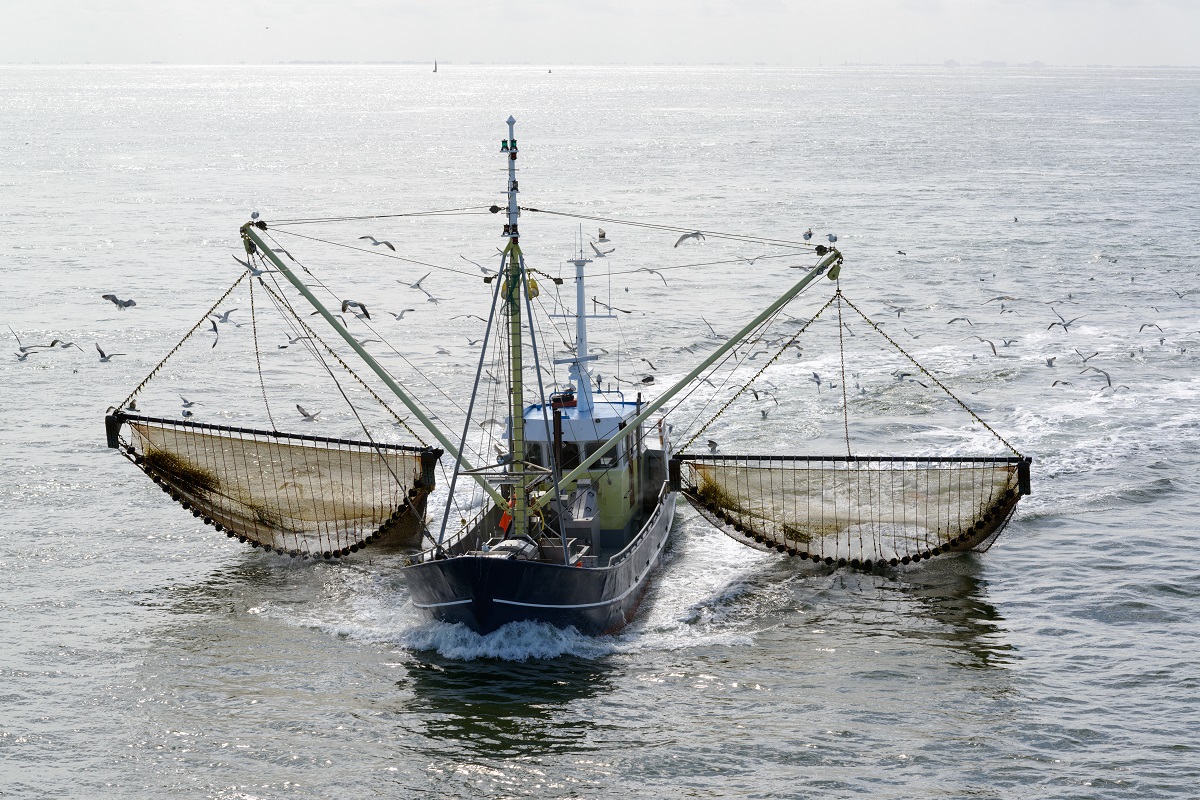
Trawling Drives Climate Breakdown
The ocean is the world’s biggest carbon sink and absorbs about a quarter of global CO2 emissions each year. Mangroves, kelp forests and sea grass meadows all capture carbon, but are being destroyed to satisfy the world’s demand for fish.
While these are serious issues that must be addressed, it is bottom trawling that is causing the greater climate problem.
The ocean floor – which is a vital carbon sink – is being ploughed over and over by bottom trawlers. Their weighted nets gouge scars in the sea floor, releasing stored carbon back into the ocean.
If the ocean is saturated with carbon dioxide from the seabed, it is less able to absorb CO2 from the atmosphere. A 2021 study published in Nature calculated the impact of bottom trawling as one gigaton of carbon each year – more than all (pre-pandemic) aviation emissions combined.
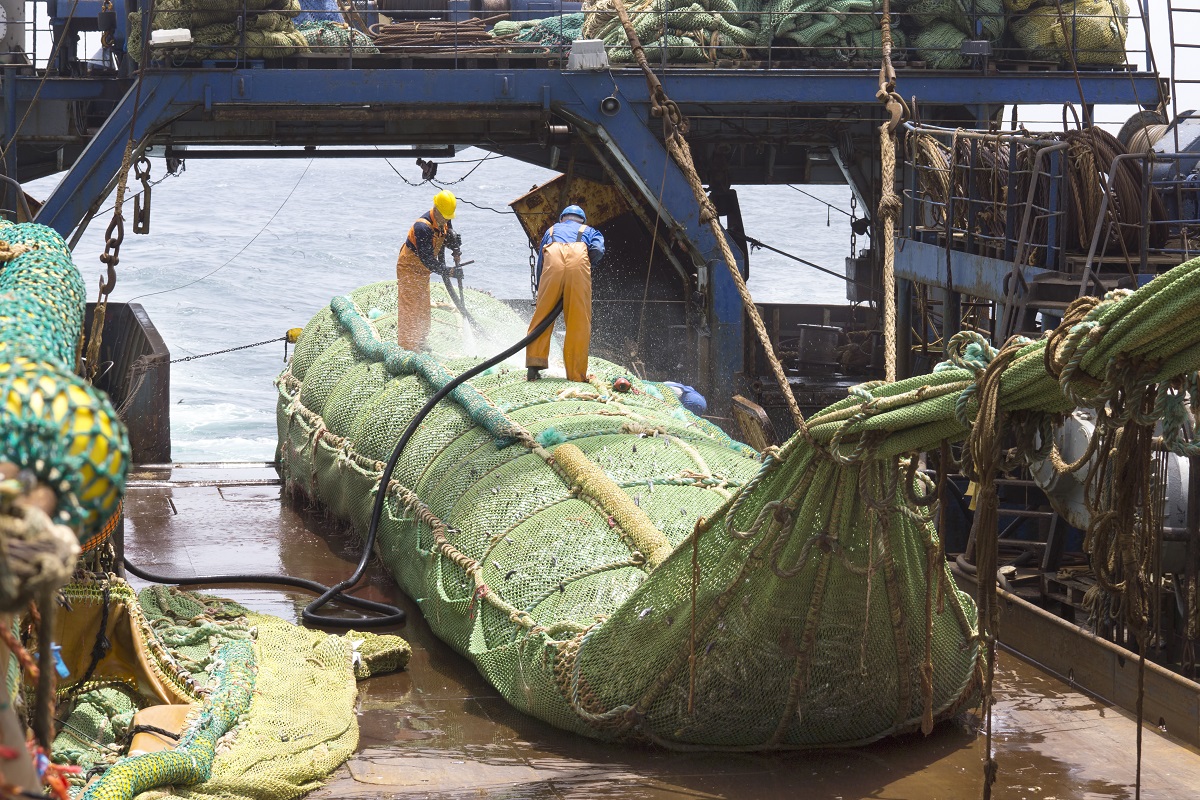
By-catch Drives Climate Change
The nets dragged along by trawlers are immense – some are big enough to fit ten jumbo jets inside – and they scoop up any creature unlucky enough to be in their path.
This includes whales, dolphins, sharks and porpoises, and the deaths of these creatures is not only a tragedy, it’s a climate issue, too. A 2019 International Monetary Fund report found that protecting large sea creatures is actually more important for the climate than planting trees because the animals accumulate carbon in their bodies throughout their long lives, and when they die, the carbon remains locked away in their bodies at the bottom of the ocean.
If we stopped fishing, we would stop by-catch, which would allow carbon to accumulate in large creatures, and the seabed with its carbon stores would remain intact.
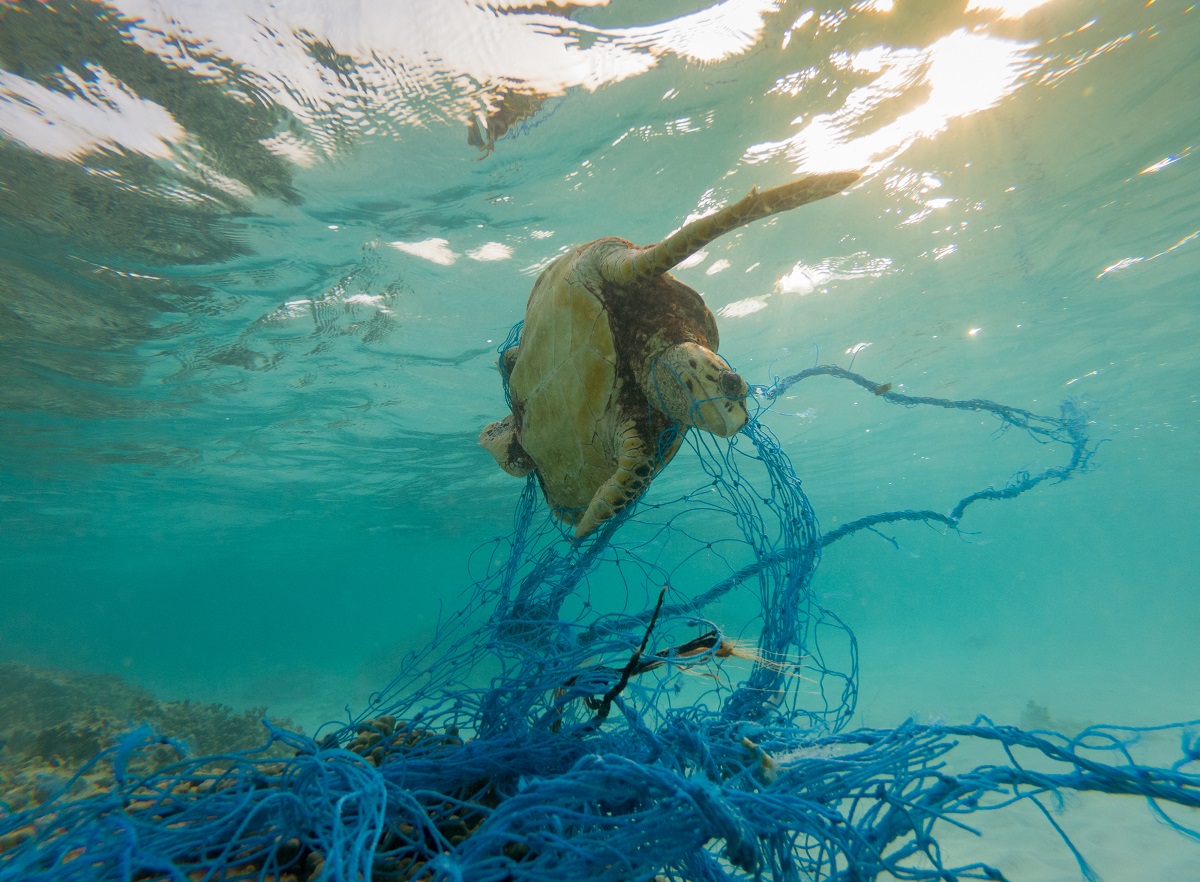
Climate Impact of Fish Farming
It would be tempting to think that fish farming could solve the climate impact of the fishing industry, but this is not the case, not least because fish farms rely on wild-caught fish to feed the captive animals.
Because of this, farmed salmon, for example, has a bigger carbon footprint than chicken or turkey, and generates more than 4kg of carbon emissions per kilogram of salmon.
When Oxford University researcher Joseph Poore undertook the biggest study to date of the environmental impact of different foods, he was surprised by the impact of freshwater fish farming, which provides two-thirds of such fish for the Asian market and 96 percent for the European market.
Poore told The Guardian: “You get all these fish depositing excreta and unconsumed feed down to the bottom of the pond, where there is barely any oxygen, making it the perfect environment for methane production.” Methane is a potent greenhouse gas.
Other Environmental Impacts of Fishing
Taking vast numbers of animals out of their habitat causes significant damage to the ecosystem. It causes whole populations to collapse, and that triggers collapses in the species who rely on them for food, and a boom in the number of species that are preyed upon by them.
In this way, the entire ecological system is destabilised. Renowned marine biologist Dr Sylvia Earle says: “I have looked long and hard, seriously, at trying to find an example of where a large-scale extraction of wildlife is sustainable. It just doesn’t exist.”
Add to this the destruction of the ocean floor, seamounts and coral reefs by trawlers, and the plastic pollution which comes in large part from the fishing industry, and we start to see the immensity of the damage caused by our consumption of fish.
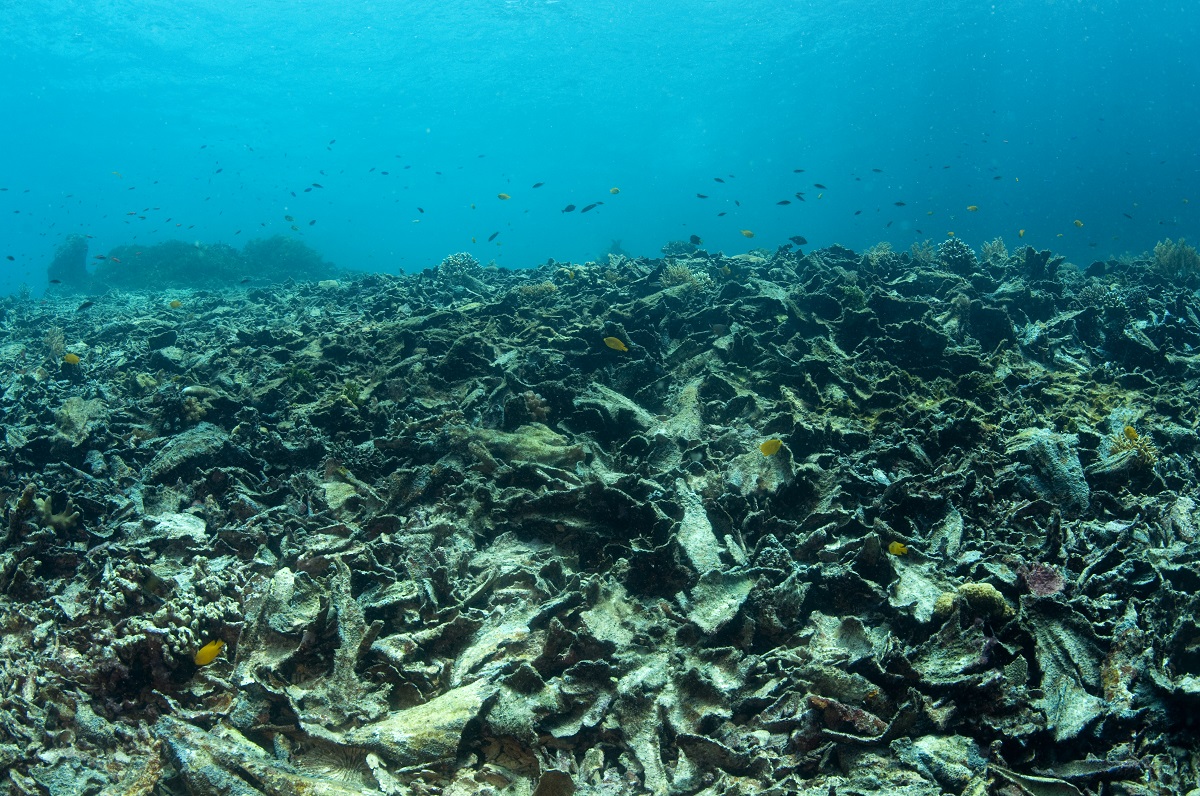
Other Environmental Impacts of Fish Farming
About half of the fish consumed today comes from fish farms, and these are far from environmentally friendly. Like all factory farmed animals, fish live in crowded, squalid conditions, and are fed an array of drugs to try to control the viruses, bacteria and parasites that infect them.
These drugs are toxic and cause serious pollution in the wild. One recent report found that pollution of one such toxic pesticide in Scottish lochs had increased by 72 percent in a year. And in Thailand, where much of the world’s shrimp are farmed, 38 per cent of recent mangrove loss is thought to be due to those farms.
Mangroves are a type of tropical forest, rich in biodiversity, and important for mitigating climate change. A quarter of mangrove forests have been lost in the last 40 years.
The climate impact of farmed fish is far larger than for plant-based foods such as tofu, nuts and legumes, so to protect our planet, its inhabitants and our future, we should be choosing plants.

